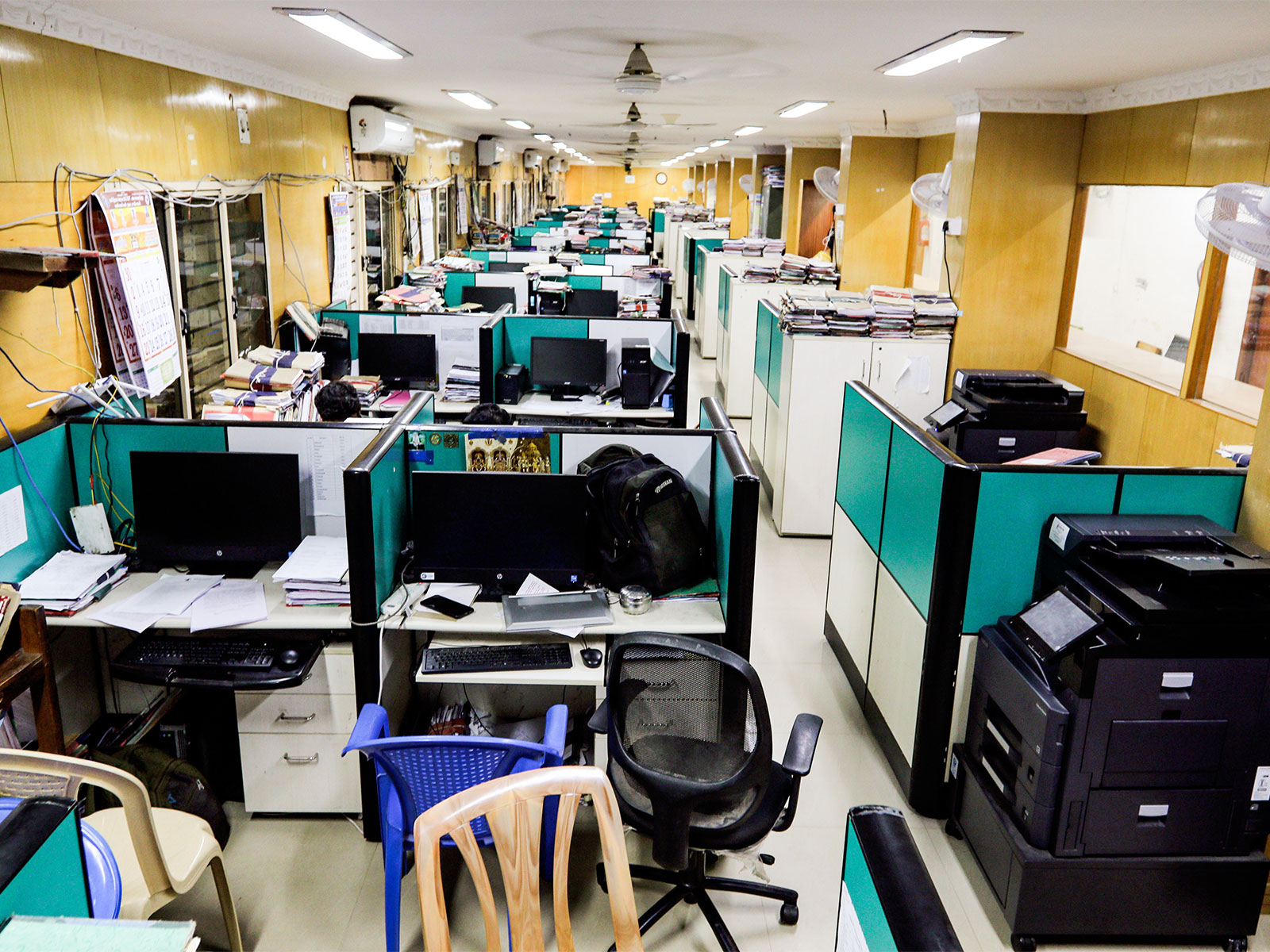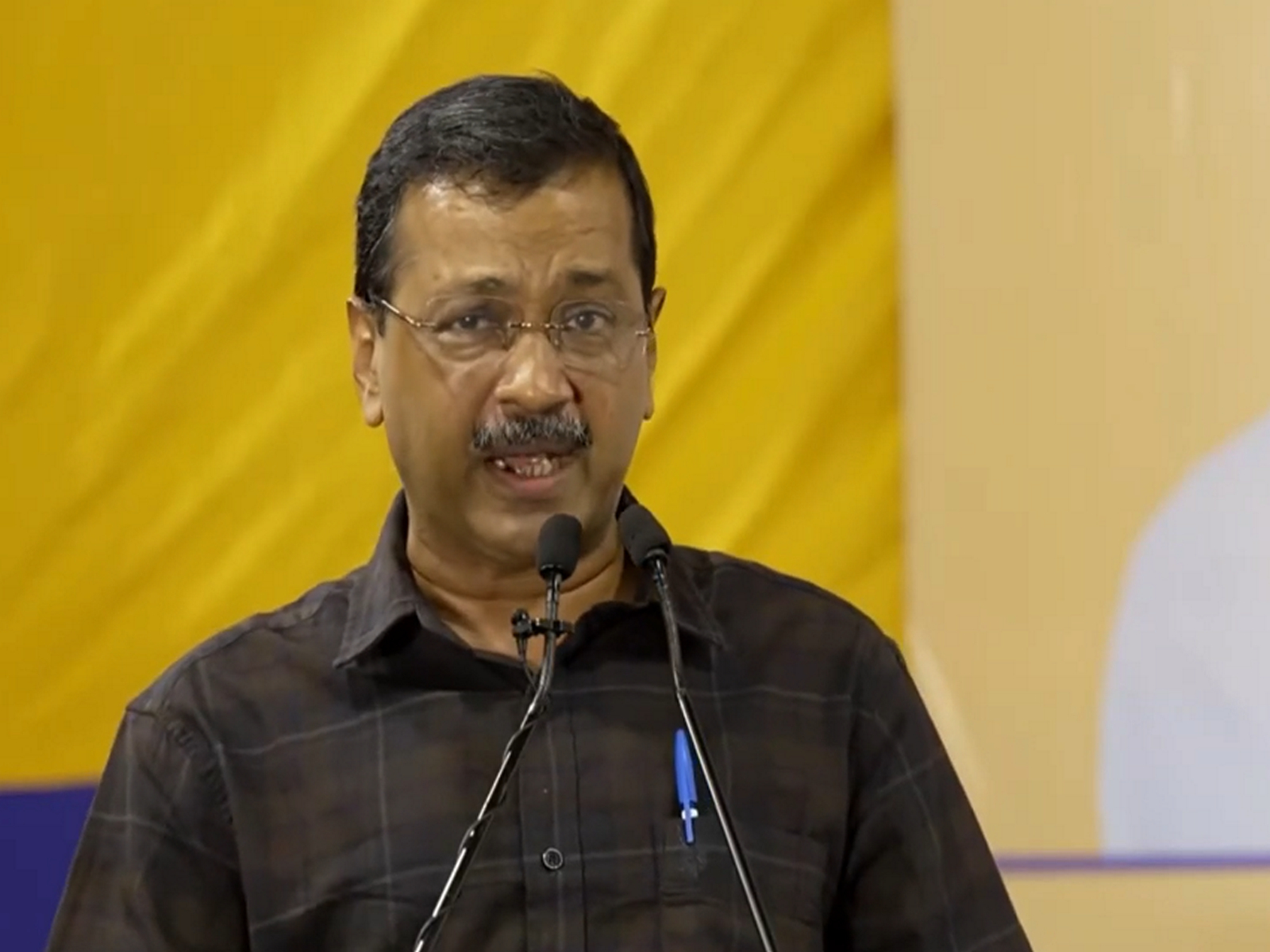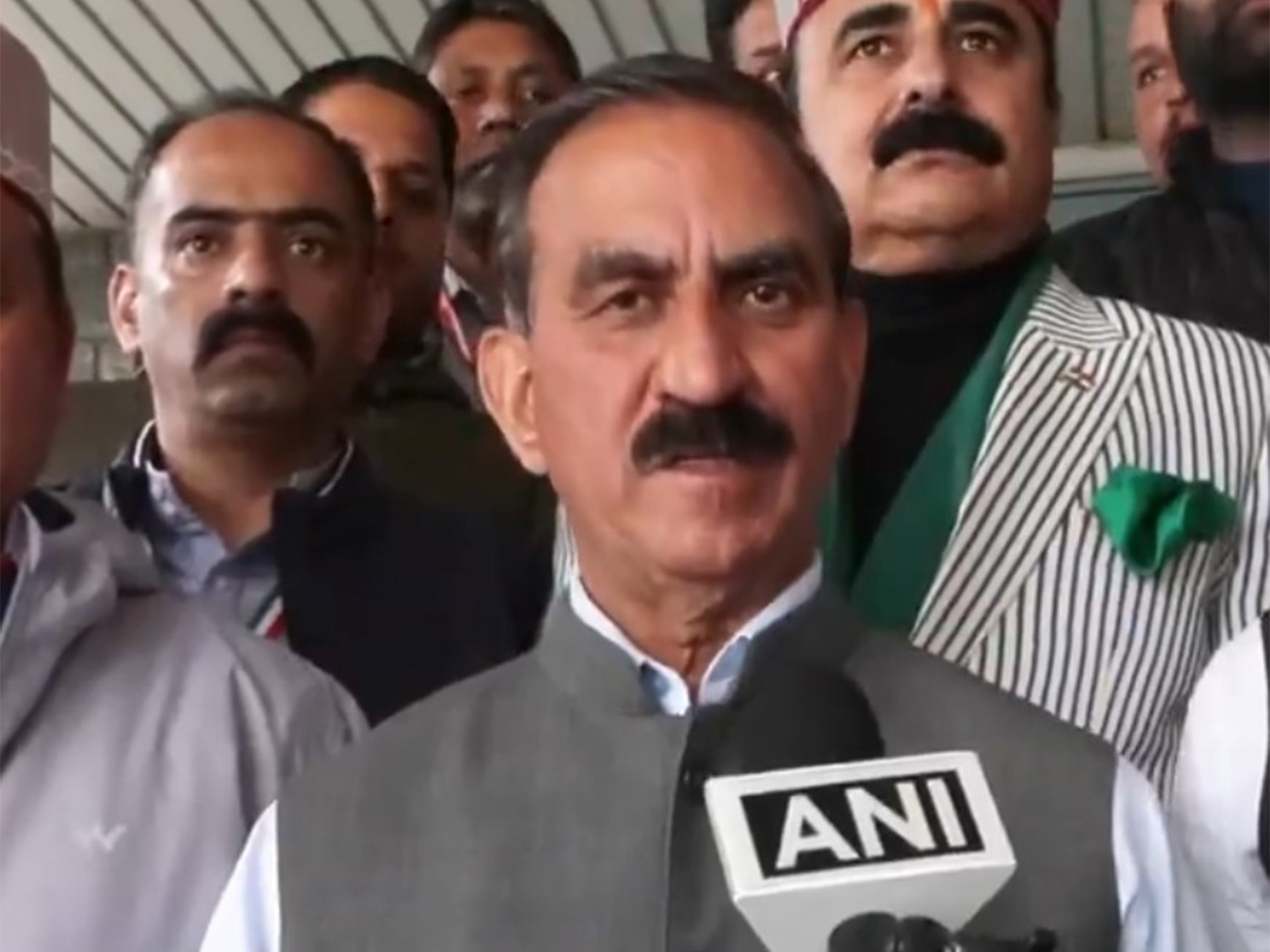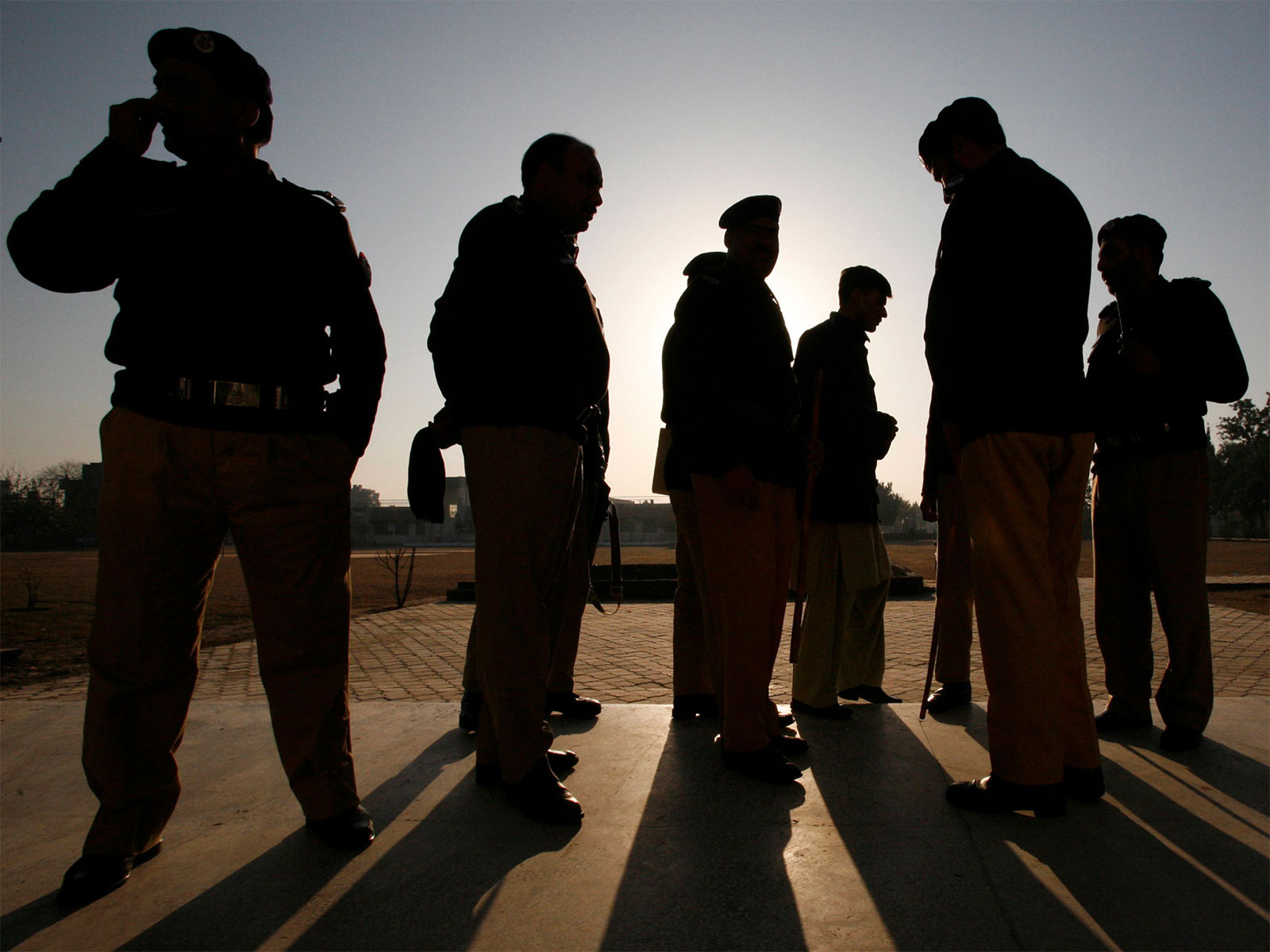Working-age Indian population rising; expected at around 64% in next census: SBI Research
Sep 24, 2024

New Delhi [India], September 24 : The working-age population in India has witnessed an increasing trend since 1971 and is projected to reach 64.4 per cent in the soon-to-be exercised Census, as per a report by SBI Research.
It will further increase to 65.2 per cent in 2031, the report asserted on Tuesday.
The working age population, people in the age bracket of 15-59, rose from 55.4 per cent in 1991, to 56.9 per cent in 2001, 60.7 per cent in 2021.
The average annual growth is on a downward trajectory and is expected to decline from 2.20 per cent in 1971 to 1.00 per cent in 2024, putting the national population somewhere in the range of 138-142 crore in 2024, the SBI research said.
State-wise incremental share in total population growth reveals the share of southern states, mainly Tamil Nadu, Andhra Pradesh and Telangana the growth to decline while northern states, led by UP and Bihar drive the growth. North and Eastern regions together are expected to have 52 per cent share in the entire population.
The administrative work to hold the long-delayed countrywide census is reportedly underway.
The last decadal census was conducted in 2011 and the latest was due in 2021. The 2021 census exercise was delayed citing the then-COVID-19 pandemic and has been on hold since then. The Census provides key socio-economic and demographic data to policymakers and plays a crucial role in governance.
The first census exercise was conducted in 1872. The soon-to-be-exercised census is likely to begin soon providing a range of data of a digital-heavy India that has undergone rapid changes in the last decade or so.
As per population census data, the share of children in the age group 0 -14 years increased till 1971 and gradually declined thereafter.
In 2024, according to the SBI Research report authored by Group Chief Economic Adviser Soumya Kanti Ghosh, the proportion of children in the age group 0 -14 years is projected to be 24.3 per cent whereas it was 30.9 per cent in 2011.
The proportion of elderly persons has been ever-increasing since 1951 and is projected to reach 10.7 per cent in 2024 and is likely to further increase to 13.1 per cent in 2031.
Citing an OECD report, SBI Research said that approximately 25 per cent of the incremental global workforce over the next decade will come from India. By 2030, India's working-age population might exceed 100 crores. On the other hand, the population is rapidly ageing in the developed world.
While the median age of India is expected to increase from 24 years in 2021 to 28-29 years in 2023-24, it is still one of the youngest nations in the world.
"India fares quite well placed on this parameter with China whose median age now comes to 39.5 years against 34.5 years in 2011....The demographic dividends can be huge and a growth multiplier in coming decade for us thus," read the report.
The population of elderly India has been increasing steadily since 1961. The growth in the elderly population became faster mainly due to a decline in the death rate because of various health interventions after the census in 1981.
The share of 60+ population has been rising in India, from 7.3 per cent 1991, to 7.7 per cent in 2001, 8.4 per cent in 2011, and an estimated 10.7 per cent in the upcoming census.
India is urbanising rapidly. According to Census 2011, India's urban population was 31.1 per cent of the total population which is expected to increase to 35-37 per cent in census 2024, the report asserted.
Further, the share of Indian population in urban agglomerations of more than 1 million has increased from 14.3 per cent in 2014 to 16.6 per cent in 2023.
"Due to increase in level of urbanization, the number of million-plus cities are increasing. From merely 18 cities in 1991 census it had increased to 52 in 2011 census," it added. "We believe that in 2024 census around 75-80 cities would have million-plus population."




















